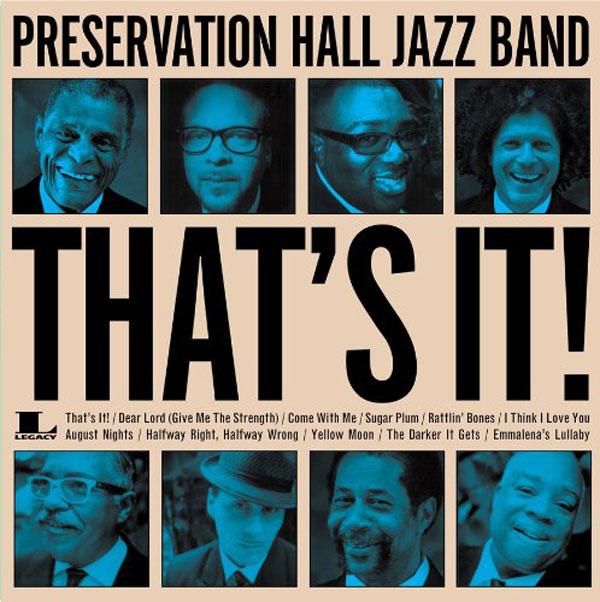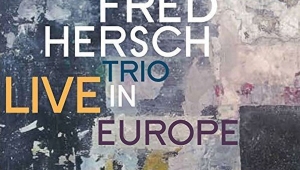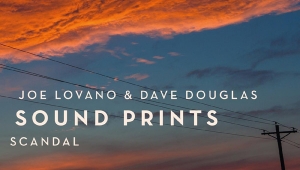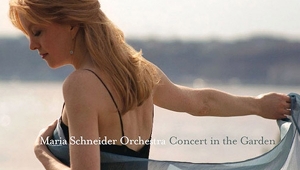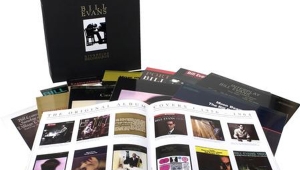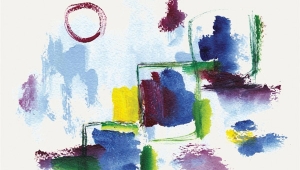| Columns Retired Columns & Blogs |
"The hall isn't large. The space drawn by the recording is. I connected via email with mixer Michael Brauer who confirmed that the space is a combination of room sound and plate, not digital reverb."
I have no idea what plate is.
I do love this LP. I think it has some of the best recorded tuba, ever.
Doc
